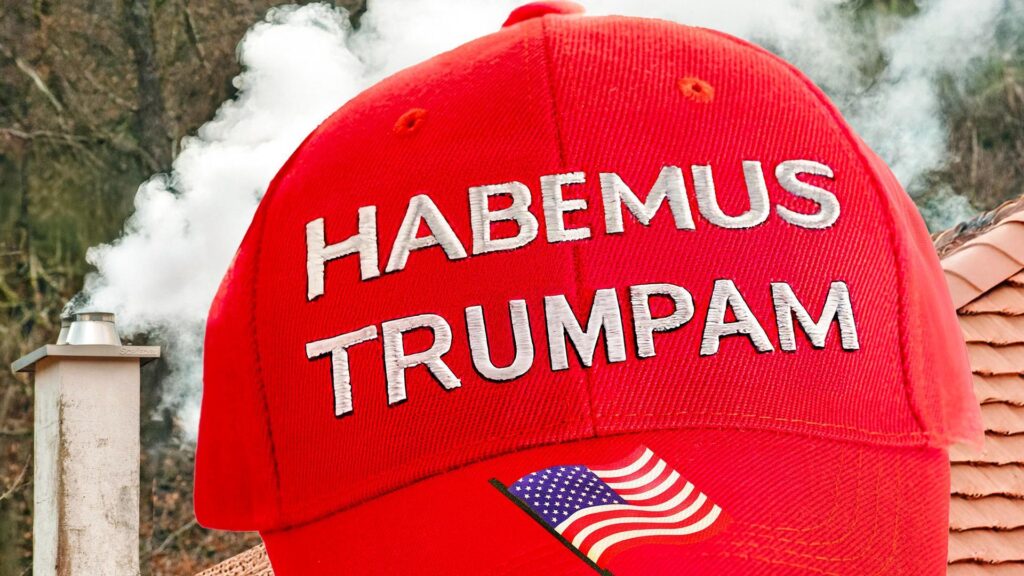In a bold move that could reshape the landscape of pharmaceutical pricing, former President Donald Trump announced his intention to sign an executive order aimed at reducing drug prices across the nation. The announcement, delivered during a recent rally, underscores Trump’s ongoing commitment to tackling healthcare costs, a key issue that resonates with many Americans struggling to afford essential medications. As the nation grapples with skyrocketing drug prices, this initiative could have significant implications for consumers, the healthcare industry, and the political discourse surrounding healthcare reform. In this article, we explore the details of the proposed executive order, its potential impact on drug pricing, and the response from stakeholders across the spectrum.
Trumps Pledge to Lower Prescription Costs: Key Details of the Proposed Executive Order
The executive order proposed by former President Trump focuses on several key strategies aimed at reducing prescription drug costs that have burdened many Americans. Among the notable elements included in the plan are:
- Price Transparency: Pharmacies will be required to provide clear pricing information to consumers before they receive their prescriptions.
- Negotiation Powers: The order aims to enhance the ability of government programs to negotiate directly with pharmaceutical companies for lower prices on essential medications.
- International Pricing Index: It seeks to establish a price setting mechanism that aligns U.S. drug prices with those in other countries where medications are typically cheaper.
In addition to these measures, the executive order intends to implement the following initiatives to ensure broader access and affordability:
| Initiative | Description |
|---|---|
| Out-of-Pocket Caps | Implementation of limits on the out-of-pocket expenses patients can incur, particularly for low-income individuals. |
| Support for Generic Drugs | Encouragement for the use and development of generic alternatives to brand-name medications to enhance market competition. |
Analyzing the Potential Impact on Americas Drug Pricing Landscape
The announcement of an executive order aimed at reducing drug prices has sent ripples through the healthcare industry, sparking discussions about the future of pharmaceutical costs in the United States. If implemented, this order could lead to significant changes, particularly in how prices are negotiated between the government and pharmaceutical companies. Experts speculate that it may disrupt traditional pricing models, leading to innovations in pricing strategies and more transparency in drug costs. Key components of the potential framework could include:
- Price Negotiation: Allowing Medicare to negotiate prices directly with manufacturers.
- Importation Policies: Easing regulations on importing cheaper medications from countries with lower prices.
- Caps on Pricing: Establishing price ceilings on certain high-cost drugs.
Furthermore, the ripple effects of these changes may extend beyond immediate costs. Such measures could incentivize pharmaceutical companies to adjust their pricing strategies and enhance competitive practices within the market. However, there are concerns about potential pushback from the industry, which could argue that price controls may stifle innovation and investment in drug development. A possible scenario to consider is laid out in the table below, summarizing the implications of this executive order:
| Impact Area | Potential Outcome |
|---|---|
| Consumer Costs | Potential decrease in out-of-pocket expenses for many patients. |
| Pharmaceutical Innovation | Risk of reduced funding for new drug development. |
| Market Competition | Increased competition leading to more affordable options. |
Recommendations for Stakeholders in the Pharmaceutical Industry to Adapt to Policy Changes
The recent announcement of an executive order aiming to cut drug prices demands a proactive response from stakeholders in the pharmaceutical industry. Companies must prioritize adjusting their pricing strategies to align with evolving regulations while maintaining profitability. Key actions could include:
- Investing in transparent pricing models to enhance consumer trust and comply with policy mandates.
- Collaborating with government agencies to ensure compliance and anticipate further regulatory shifts.
- Engaging in public awareness campaigns to educate consumers about drug pricing and value.
Additionally, stakeholders should monitor the landscape for opportunities to innovate and adapt their business models. This may involve shifting towards value-based care initiatives and expanding access to affordable medications. Implementing strategies like:
- Developing partnerships with healthcare providers to create integrated care solutions.
- Investing in research and development to bring new, cost-effective therapies to market.
- Utilizing technology to streamline operations and reduce production costs.
| Strategy | Description |
|---|---|
| Transparent Pricing | Fostering consumer trust through clear pricing models. |
| Public Engagement | Educating consumers on the value of medications and pricing structures. |
| Value-Based Initiatives | Adapting business models to align with patient outcomes and cost-effectiveness. |
In Summary
President Trump’s announcement of an executive order aimed at reducing drug prices underscores the administration’s ongoing commitment to addressing rising healthcare costs. This initiative reflects a broader political landscape concerned with the affordability of prescription medications, impacting millions of Americans. As stakeholders in the pharmaceutical industry and healthcare advocacy groups analyze the implications, the effectiveness of this executive order will ultimately be evaluated in the context of implementation and its influence on market dynamics. Stakeholders and consumers alike will be watching closely as further details emerge and the administration seeks to navigate the complex terrain of healthcare reform in the lead-up to the upcoming election.
